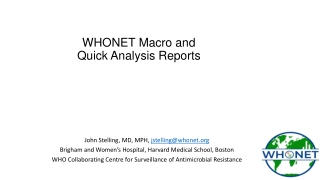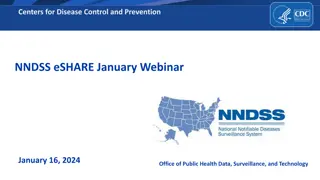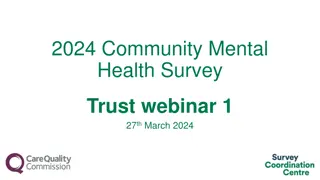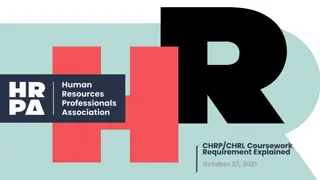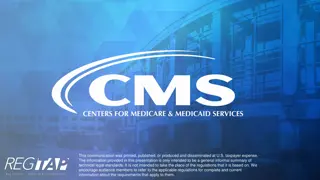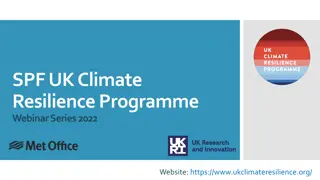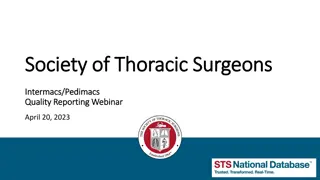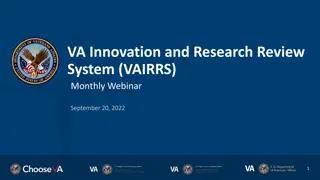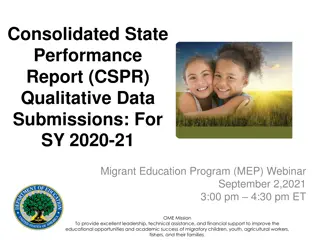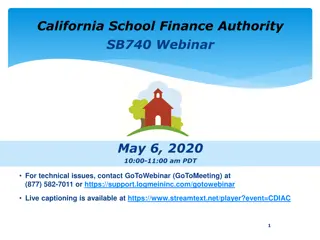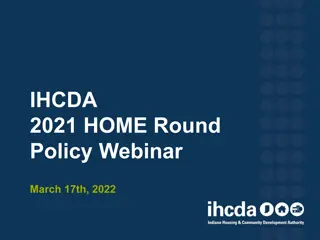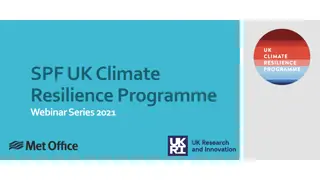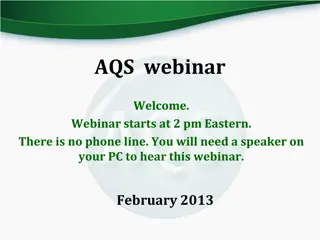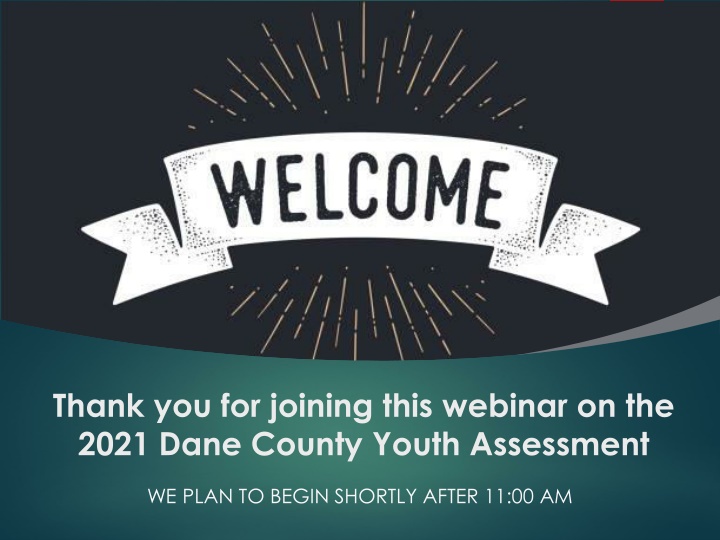
Dane County Youth Assessment 2021 Highlights and Insights
Explore the key findings and insights from the Dane County Youth Assessment 2021, a comprehensive survey that delves into the needs and interests of youth in the area. Learn how this assessment influences community programs, government policies, and more.
Uploaded on | 2 Views
Download Presentation

Please find below an Image/Link to download the presentation.
The content on the website is provided AS IS for your information and personal use only. It may not be sold, licensed, or shared on other websites without obtaining consent from the author. If you encounter any issues during the download, it is possible that the publisher has removed the file from their server.
You are allowed to download the files provided on this website for personal or commercial use, subject to the condition that they are used lawfully. All files are the property of their respective owners.
The content on the website is provided AS IS for your information and personal use only. It may not be sold, licensed, or shared on other websites without obtaining consent from the author.
E N D
Presentation Transcript
Thank you for joining this webinar on the 2021 Dane County Youth Assessment WE PLAN TO BEGIN SHORTLY AFTER 11:00 AM
Dane County Youth Assessment 2021 Highlights DECEMBER 9, 2021 PRESENTED BY BRIAN KOENIG K12 ASSOCIATES, LLC
DCYA in 2021 3 The project is funded by: Dane County Human Services, United Way of Dane County, Public Health Madison & Dane County City of Madison 20 school districts (2 new) A county-wide survey given to 7th-12th grades every 3 years, started in 1980 In 2021, approximately 26,000 7th-12th student population completed the survey (weighted population)
Purpose of the DCYA 4 Leads to a better understanding of the Dane County youth needs and interests. Informs community programs and government policy making. Supports grant writing for school districts and other community organizations. Provides important data for a variety of researchers in Dane County and across the U.S.
How is it administered? 5 School staff administer the online survey from late January to mid-April Students are assured their responses are confidential Survey topics & survey design is vetted by community partners, school districts and students Validity and consistency of administration reflected in DCYA data matching national & state trends
Topics Covered 6 Alcohol, drugs and tobacco Nutrition, exercise and health Home life Community involvement Sexual behavior Working and volunteering Extra-curricular activities Life at school Future plans Emotional/mental health COVID impact
Please chat in.. 7 What topics are you most interested in hearing about today? Do you have any specific questions you are hoping to have answered?
Who took the Youth Assessment? Grades 7th-12th 8 Race/Ethnicity Multi-racial 7.1% White 64.1% Pacific Islander 0.1% Native 0.7% Middle East 0.3% Hmong 1.2% Hispanic 12.9% African-Amer 8.6% Asian 4.9% 0% 20% 40% 60% 80%
Other Characteristics 7th-12th grades 9 4.3% of HS students who identify as either non-binary, gender fluid or other for gender identity (2.7% in 2018) 1.9% say they are transgender and 2.6% were not sure (combined nearly 1,400 students) 22.7% say they are not straight/heterosexual for sexual orientation (it was 14.3% in 2018)
Alcohol Consumption by Grade Any Alcohol Last 12 mos. (9th-12th grades) 10 57% 60% 56% 55% 49% 49% 46% 50% 43% 38% 2009 2012 2015 2018 2021 40% 37% 36% 36% 32% 29% 26% 30% 26% 25% 19% 19% 19% 20% 11% 10% 0% 9th 10th 11th 12th
Alcohol Use 9th-12th grades 11 High school alcohol consumption (last 12 months) has decreased county wide from 2012, 2015, 2018 and now in 2021 (43%, 35%, 31% to 23%) On CRAFFT addiction screener 9% of HS students were at risk of addiction (13% 2018 and19% in 2015) However, nearly 30% of HS drinkers were at risk of addiction (3 or more on CRAFFT) Also, 45% of drinkers are using marijuana (last 12 months)
Alcohol Use Subgroups (9th-12th grades) 12 38% of HS seniors have been drinking in the last 12 months, down from 51% in 2018 27% of HS girls drank in the last 12 months and 19% of boys (31% of boys and 30% of girls 2018) Alcohol use highest among white and multi-racial students (25% and 24% respectively) Alcohol use lower for Hispanic and African-American students at 17% and 12% respectively Among students who drank during COVID the most common source was parents (36% of drinkers) 55% of the drinkers were at a home where the parents knew kids were drinking
Marijuana Use by Grade Marijuana Last 12 mos. (9th-12th grades) 13 40% 36% 34% 34% 32% 33% 35% 32% 28% 28% 30% 2009 2012 2015 2018 2021 24% 23% 25% 21% 18% 20% 19% 20% 14% 15% 11% 11% 11% 10% 10% 6% 5% 0% 9th 10th 11th 12th
Marijuana Use Subgroups (9th-12th grades) 14 16% of HS girls used marijuana (last 12 months) and 12% of boys (22% of boys and 20% of girls 2018) Marijuana use highest among multi-racial students at 20%. White, Hispanic and African-America all about 15%. 63% of kids who ve used marijuana (or THC) have used it in a vaping device.
Other Drugs 9th-12th grades 15 Non-prescription 2.4% (6.3% 2018, 5.0% 2015) Prescription medication abuse 1.6% (4.5% 2018, 4.4% 2015) All other drugs at or below 1%. 75% of HS students with prescription drugs in their home, say they are kept in a place they can easily access them. (78% in 2018)
Tobacco, E-cigarettes 9th-12th grades 16 8% of HS students used electronic vapor cigarettes in the last 30 days (19% 2018,16% 2015) 15% of 12th graders are vaping (27% 2018, 23% 2015) About 1% HS students are using regular cigarettes down from 3% in 2018
Reflection Questions 17 While self-reported alcohol, drug, and tobacco use by HS students was already on a downward trend prior to 2021, the COVID-19 pandemic likely further impacted this decline as students were isolated from their friends, other peers, schools, and the community. Since the return to in-person classes and out-of- school-time activities, have you seen or do you anticipate seeing any changes to these youth substance use trends?
Up Past 11pm School Nights 9th-12th grades 18 100% 42% 50% 52% 57% Every night 3-4 nights 1-2 nights 0 nights 50% 13% 9% 8% 7% 0% 9th 10th 11th 12th
Trends in Student Sleep 9th-12th grades 19 80% 71% 70% 59% 60% 54% 54% 50% 50% 2009 2012 2015 2018 2021 40% 30% 20% 10% 0% % Awake Past 11pm 3+ school nights per week
Emotional Health Trends 9th-12th grades since 2009 20 45% 39% 40% 36% 35% 33% 31% 30% 27% 26% 25% 22% 21% 21% 21% 20% 19% 2009 2012 2015 2018 2021 20% 15% 12% 11% 10% 5% 0% Anxiety Suicide Ideation Depression
Who are the anxious students? 9th-12th grades 21 Using DCYA 3-item anxiety scale 53% female say they are anxious always/often (23% of males) 64% LGBQ say their anxious 51% who struggle with homework are anxious 58% with more than 3 items on the CRAFFT scale are anxious 50% of students from lower income families are anxious More likely to use alcohol (31%) and marijuana (20%)
What are students anxious about? 9th-12th grades 22 When asked if they experience any anxiety, 87% said yes, some. Reasons for anxiety (chose 3 most important reasons): Pressure to perform in school 60% Too much homework 57% Problems in the US/world 30% Concerns about COVID -27% Social pressure to be popular, look good 17% Pressure to have money, things (phone, clothes) 12%
Emotional Health for Sexual Minority Students (9th-12th grades) 23 LGBQ youth report more emotional health issues 64.7% always or often feeling anxious compared to heterosexual youth at 30.4% Higher anxiety about school performance (73.2% compared 57.0% for straight students) More worries about problems in the US and the world (46.3% compared to 24.1% for heterosexual students) More than twice as likely to feel depressed at 58.2% for LGBQ kids compared to 24.2% for straight kids. Also far more self-harm (cutting) and suicide ideation for LGBQ
Mental Health Services 9th-12th grades 24 83% says it s OK to get professional mental health services (50% of students in 2012) 22% of students are receiving mental health services (about 3500 students) Students using services, 17% in 2018 and 12% 2015 Long-term (6 months+) emotional or mental health issues: Anxiety 32% Depression 21% ADD/ADHD 13% Trauma 7% Eating disorder 5%
Mental Health Services 9th-12th grades (continued) 25 58% of students who say the have long- term, emotional or mental health issue are not getting services. 54% of students who describe more frequent suicide ideation are not getting mental services Among higher anxiety students, LGBQ kids less likely to be getting mental health services. Some differences by race (White students more likely to be receiving services)
National College Health Undergrad Assessment 2020 26 The National College Health Assessment, fall 2020. 40 US campuses (including UW System schools) Top impediments to academic performance Stress 45% Anxiety 35% Depression 26% Sleep difficulties 26% Females equal to males on marijuana, but more likely to consume alcohol and far more likely to binge drink. 75% of undergrads feel sleepy 3 or more days per week
Reflection Question 27 This week, the Surgeon General released a report warning of ongoing, nationwide youth mental health crisis exacerbated by the pandemic. Local data show that stigma related to accessing mental health services has declined in recent years and Dane County has made significant investments to increase mental health services. Aside from working to increase the number of mental health care providers in schools and surrounding communities, what other ideas do you have for supporting the mental health of our youth during the pandemic and beyond?
Community Involvement 9th-12th grades Have you been involved in any social activism, like marches or protests? 25% said yes People working together can make changes: 97% agree My voice makes a difference: 74% agree 28 Hispanic or Latino students: 79.0% agree Black/African-American students: 76.1% agree Biracial or multiracial students: 74.7% agree White students: 72.7% agree Conversations about racial injustice or inequality 32% have talked a lot with friends or family about it 17% have not talked about it at all.
School and Academics 9th-12th grades 29 51% of students said they fell behind in school during COVID 54% said they struggle getting homework done (44% in 2018) 33% of students missed or cut a scheduled class (19% in 2018) I feel like a I belong at this school - 77% (same as 2018)
After School Activities 9th-12th grades 30 73.2% of students were involved in some extracurricular activity or afterschool program (83.5% in 2018) 40.1% of students said they missed some or all of a planned extracurricular activity due to COVID restrictions Participation in sports dropped significantly from 61.9% in 2018 to 27.0% in 2021 22.5% were involved in an afterschool program or activity at school or community center (26.9% in 2018) 27.6% were involved in art, band, music or dance after school (31.2% in 2018)
Connection with Parents 9th-12th grades 31 10% say they have a parent with a mental health problem that worries them These students have double the levels of depression, anxiety and suicide ideation 51.0% say their parents talk to them about things that bother them (the student). Students are more likely to talk with parents about after HS plans (82.9%) than friends (34.5%) or school staff (51.2%) 64.5% said they talked about healthy dating and relationships with their parents but only 44.7% said they talked with their parents about birth control
Family Financial 9th-12th grades 32 28% of students say financially things are tight but their families are doing OK. 2% say their family is struggling financially. (34% and 4% in 2018) 7% said they had to skip meals because their family didn t have enough money (10% in 2018) About 60% of students said they didn t think money was a problem for their family right now nearly identical to 2018. 35.0% of high school youth with a job, say their earnings help support their family.
Reflection Questions 33 Risk and protective factors for youth exist at multiple levels of their environment. Community School These factors interact to influence a young person s experiences, thoughts, behaviors, and outcomes. Home Young Person How do you see risk and protective factors at different levels interacting? More specifically, do you see protective factors at one level counteracting risk factors at another level (or vice versa)?
Dating, Sexual Violence 9th-12th grades 34 44.5% of students said they have gone out with someone or dated in the last 12 months (53.1% in 2018) Nearly 10% of HS females say they have been forced to take part in sexual activity 58.0% of these youth have some suicide ideation 52.8% have done something to hurt themselves like cutting 17.8% of HS females say they have been pressured or encouraged to participate in sexual photos or videos
Gangs and Access to Guns 9th-12th grades 35 15.7% of students say they have access to a gun 22.3% of students with higher levels of suicide ideation have access to a gun 42.2% of rural students have access to a gun compared to 5.2% of urban youth. Less than 1% of students say they are a member of a gang. 2.9% say they have a close friend who is a member of a gang.
Notable Trends DCYA 2012-2021 36 Increase Bullying Family meals Smoking cigarettes/ tobacco use Sense of belonging at school Alcohol use Receiving mental health services Marijuana use Binge drinking Sexual activity Decrease Illegal drug use
37 What additional questions do you have?
Thank you! 38 Just a reminder that the DCYA is a community-led and community-owned research project! If you would like access to the data or have additional questions about the survey, please contact: Meghan Benson at meghan.benson@ppwi.org Megan Meinen at meinen.megan@countyofdane.com Brian Koenig at bwkoenig@k12associates.com

